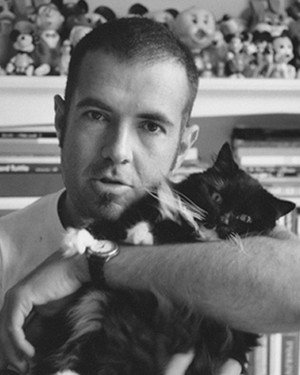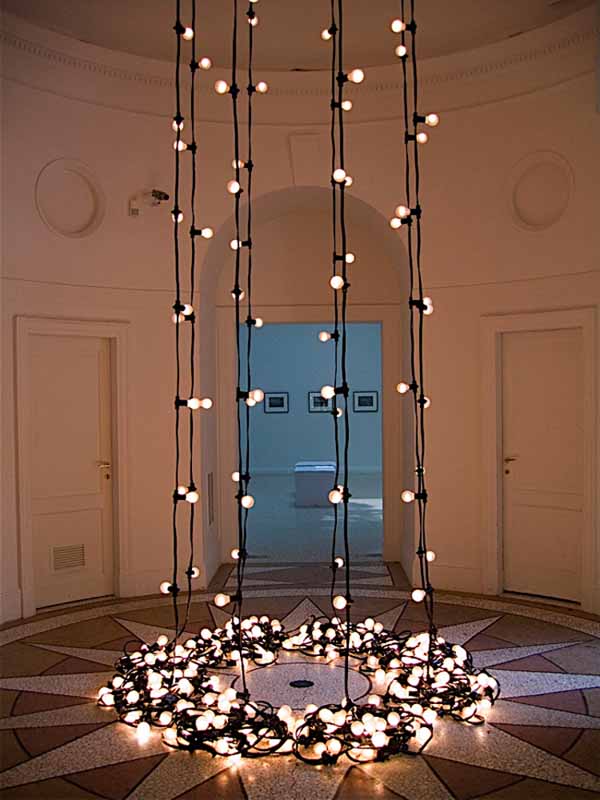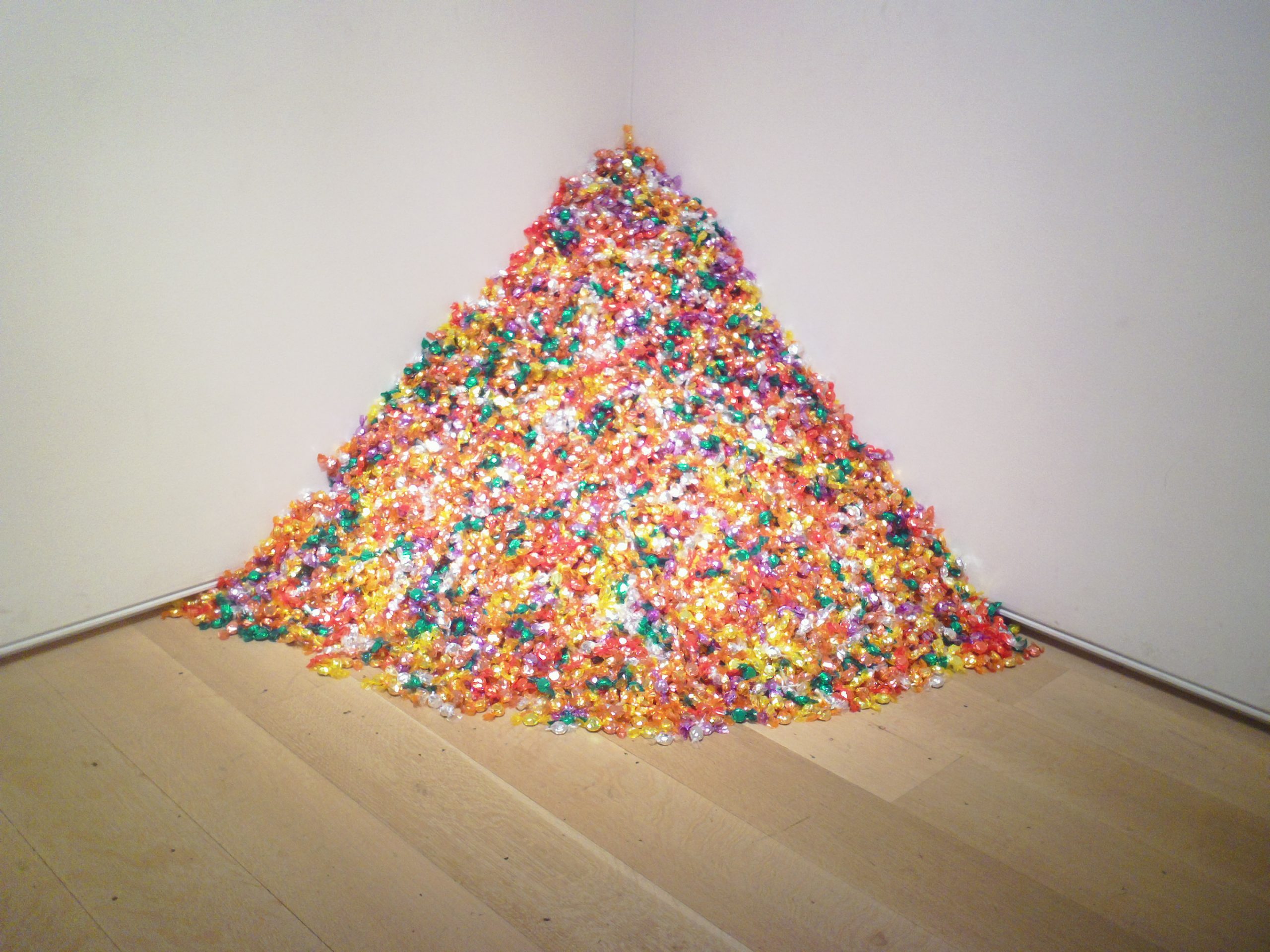Félix González-Torres was born in 1957 in Guáimaro, Cuba. In 1979 he moved to New York, where he soon became famous. He died prematurely, at the age of 39, in Miami on January 9 1996 after a long battle against AIDS. His work has been traced to more than one artistic current by critics, from minimalist and conceptual art to neo-dadaist suggestions, due to the fact that González-Torres has always worked with objects, creating works of art that can be considered ready-made.

Félix González-Torres
The minimal works of this Cuban artist, unlike those of Duchamp, are not just about the work itself but rather the concept they transmit. Behind their appearance, made of bright colours which could easily be mistaken for lightness and superficiality, lies a deep universe full of intense pain. The main (and perhaps the only) source of inspiration for his creations is his beloved partner Ross, who also died of AIDS in 1991.
Torn by loss ,in the years following Ross’s death, González-Torres decided to make his story public, a story of despair and pain, making it both individual and universal. Without a doubt, this story is about him but it could also be about all of us, as it deals with feelings common to everyone: love and pain. In an interview, González-Torres said, “Love gives you a reason to live, but it also brings panic: the fear of losing that love.”

Félix González-Torres, Untitled(America), 1994
Through rows of intertwined lights, sheets of paper, billboards, watches, and piles of coloured candy the artist (without modesty nor hesitation) invites the public to enter and take part in his life – even if only for a brief moment. This is precisely the reason why his art has been defined “relational”. The presence of Ross and the love that González-Torres feels for him can be seen in the recurring of number two: as in Untitled (perfect lovers), an art installation exhibited repeatedly between 1987 and 1990, where two clocks (with their perfect synchronisation), symbolise the bond that transcends objects, even after death, in a perpetual and harmonious movement.
The Cuban artists’ best known work is undoubtedly Untitled (Portrait of Ross in L.A.) 1991: a pile of candy with flamboyant wrappings stacked in a corner of the Metropolitan Museum of Art in New York. The art installation expected that whoever was passing could take one or more pieces of candy to consume on the spot or once they left the building. More candy was added to the pile at the end of each day as it had to weigh 80kg – the same weight as Ross. Just as Ross’s weight was being consumed by the disease every day, so the candy pile was consumed daily by people, with the only difference that this latter pile was replenished of the subtracted volume at the end of each day. Thanks to art, which transcends space-time boundaries, Ross ideally returned to life and would live forever in this cyclical process of addition and subtraction.

Félix González-Torres, Untitled (Portrait of Ross in L.A.) 1991
Untitled (Portrait of Ross in L.A.) is an ephemeral work of art, dedicated to disappearance, just as Ross was disappearing – to which the piece was dedicated. In the following years, more piles of candy were exhibited by the artist in various exhibitions. They were not duplicates or copies, they were stand alone works of art, born of one idea, which could thus be replicated endlessly. González-Torres stated, “There is no original piece, only a certificate of originality.” As for Duchamp, the work of art is first and foremost a concept, an idea.
Read other WWW+ on ZìrArtmag
Translated by Ludovica Sarti
